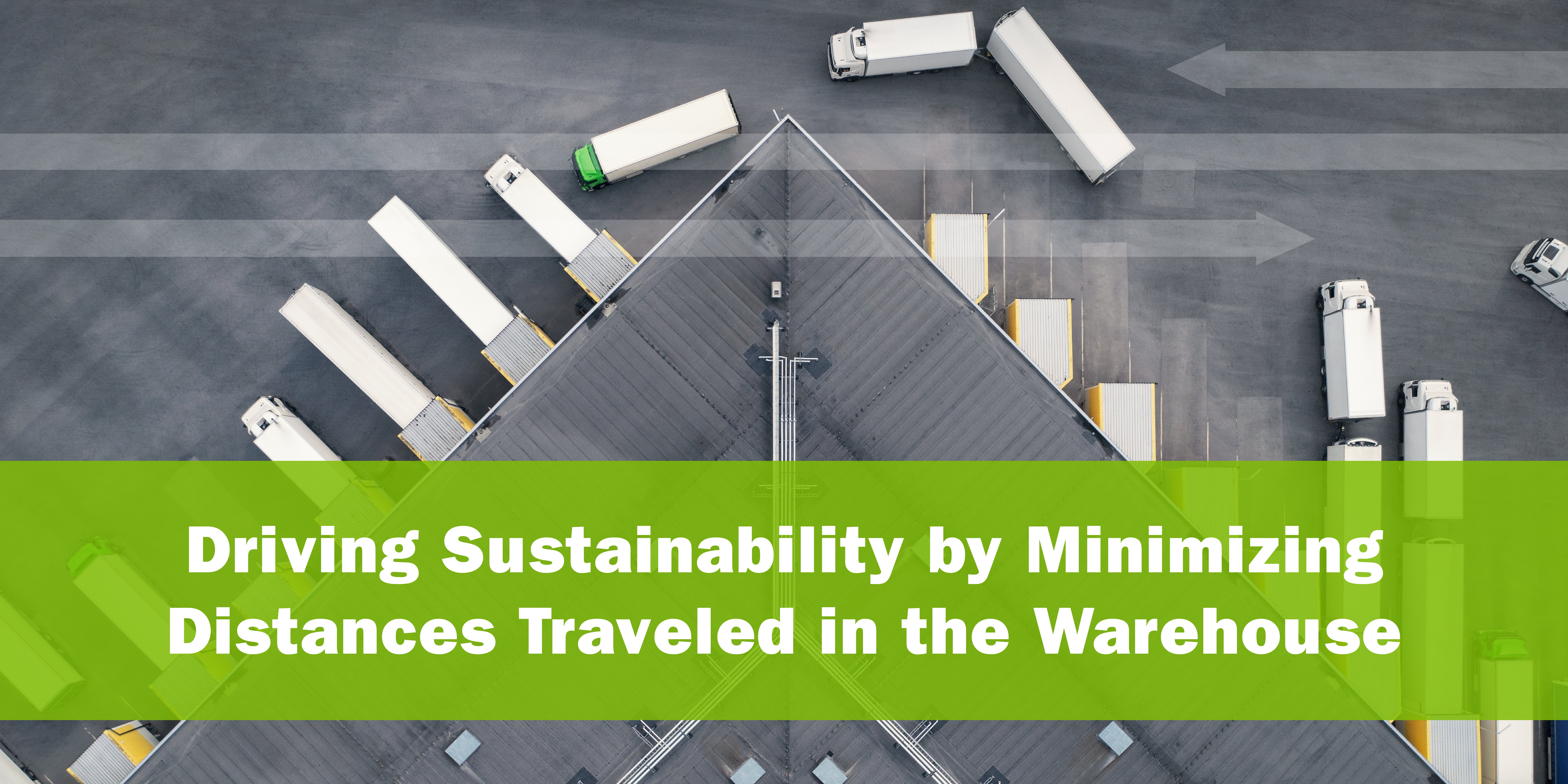AUTOSCHEDULER.AI FEATURED IN Supply Chain Brain - ENVIRONMENTAL
Driving Sustainability by Minimizing Distances Traveled in the Warehouse
By Keith Moore – Posted May 5, 2023
Analyst Insight: Businesses seek efficiencies in their warehouse environment to reduce waste and help protect the environment. Warehouse waste can come in the form of excess packaging, energy usage, equipment utilization, and storage and transport operations. Warehouses can easily drive sustainability by better planning all activities to minimize total distance traveled inside a building.
Reducing Forklift Travel Inside a Building
By implementing sustainable practices in scheduling all work, warehouse operations can reduce their environmental impact and save money. One aspect of this is optimizing forklift travel distances within the warehouse. The average liquid propane forklift consumes about 1.5 gallons of fuel per hour, generating around 19 pounds of CO2 during that period. At a speed of 10 miles per hour, a forklift adds 1.9 pounds of CO2 to the environment for every mile traveled. Reducing the distance traveled inside the warehouse can significantly lower these emissions.
To minimize forklift travel distances, warehouses can implement the following strategies:
- Efficient warehouse layout: Designing a warehouse layout that minimizes travel distances between storage areas, loading docks and other key locations can significantly reduce forklift travel distances. This may involve placing high-demand items closer to loading docks or using data-driven techniques to optimize the arrangement of storage areas.
- Improved door assignment: Assigning the best door for all inbound and outbound shipments can reduce the need for forklifts to travel long distances within the warehouse by minimizing the total travel distance per pick or putaway. This reduces the time spent on each item, which in turn reduces transportation-related emissions.


